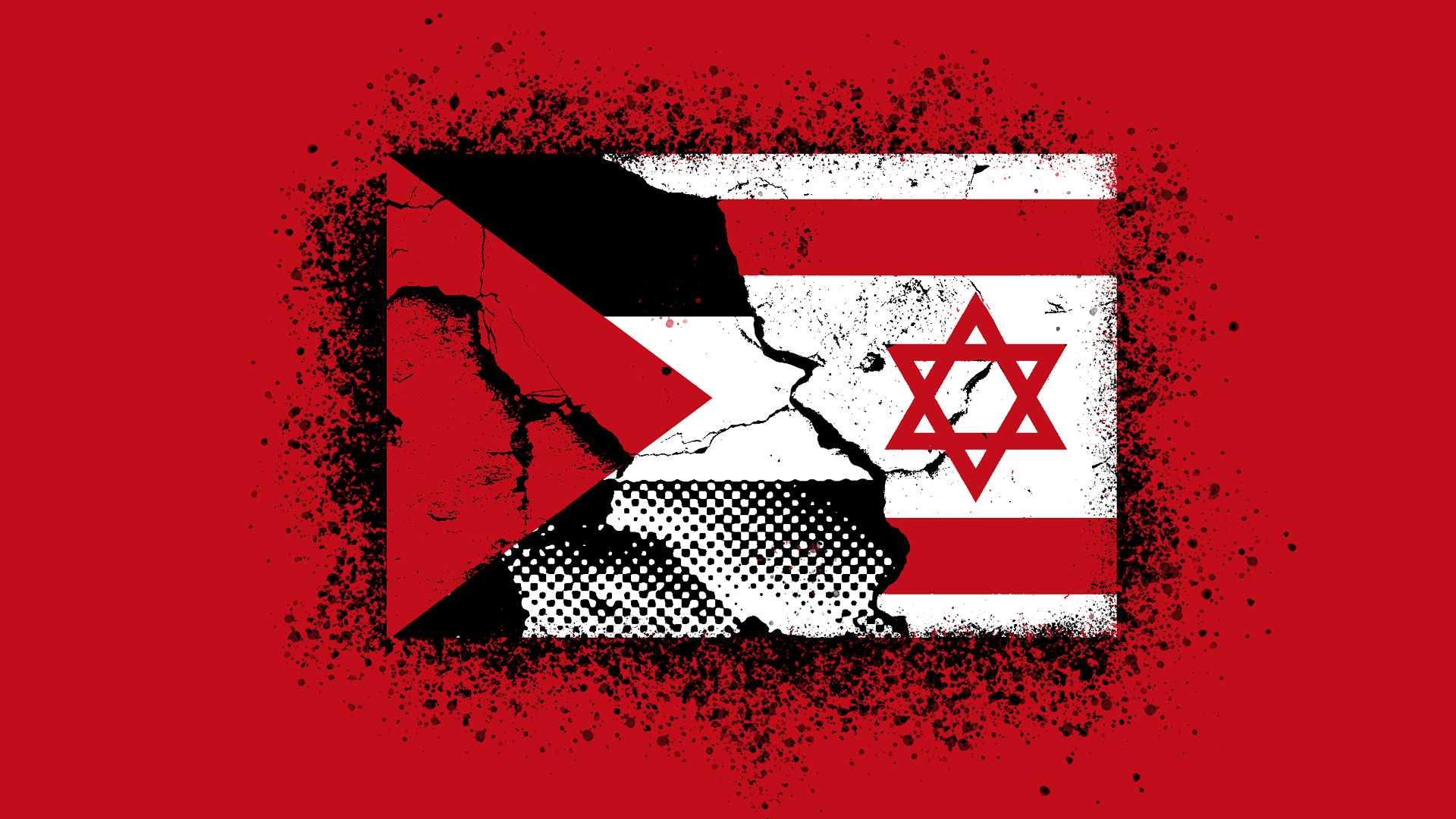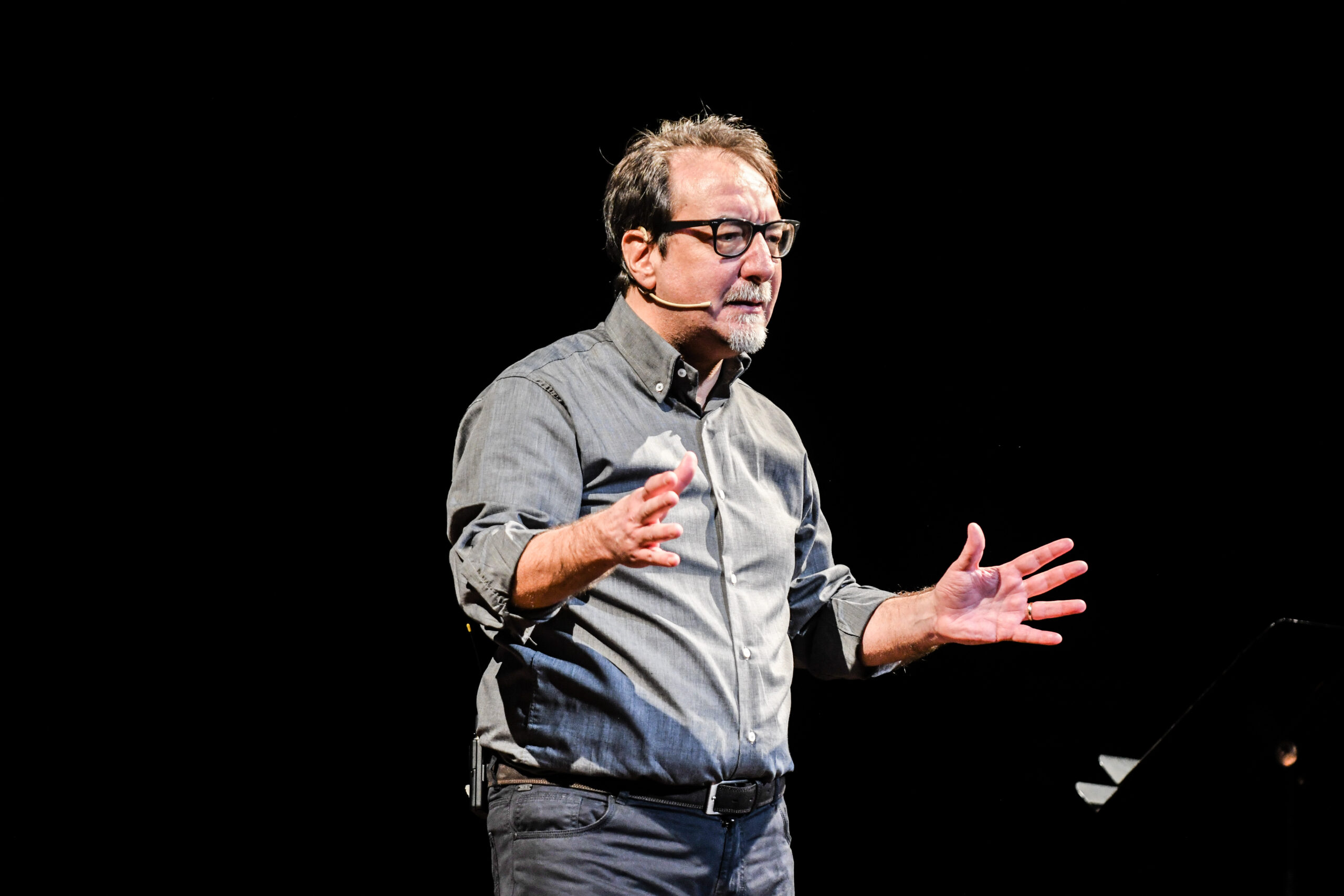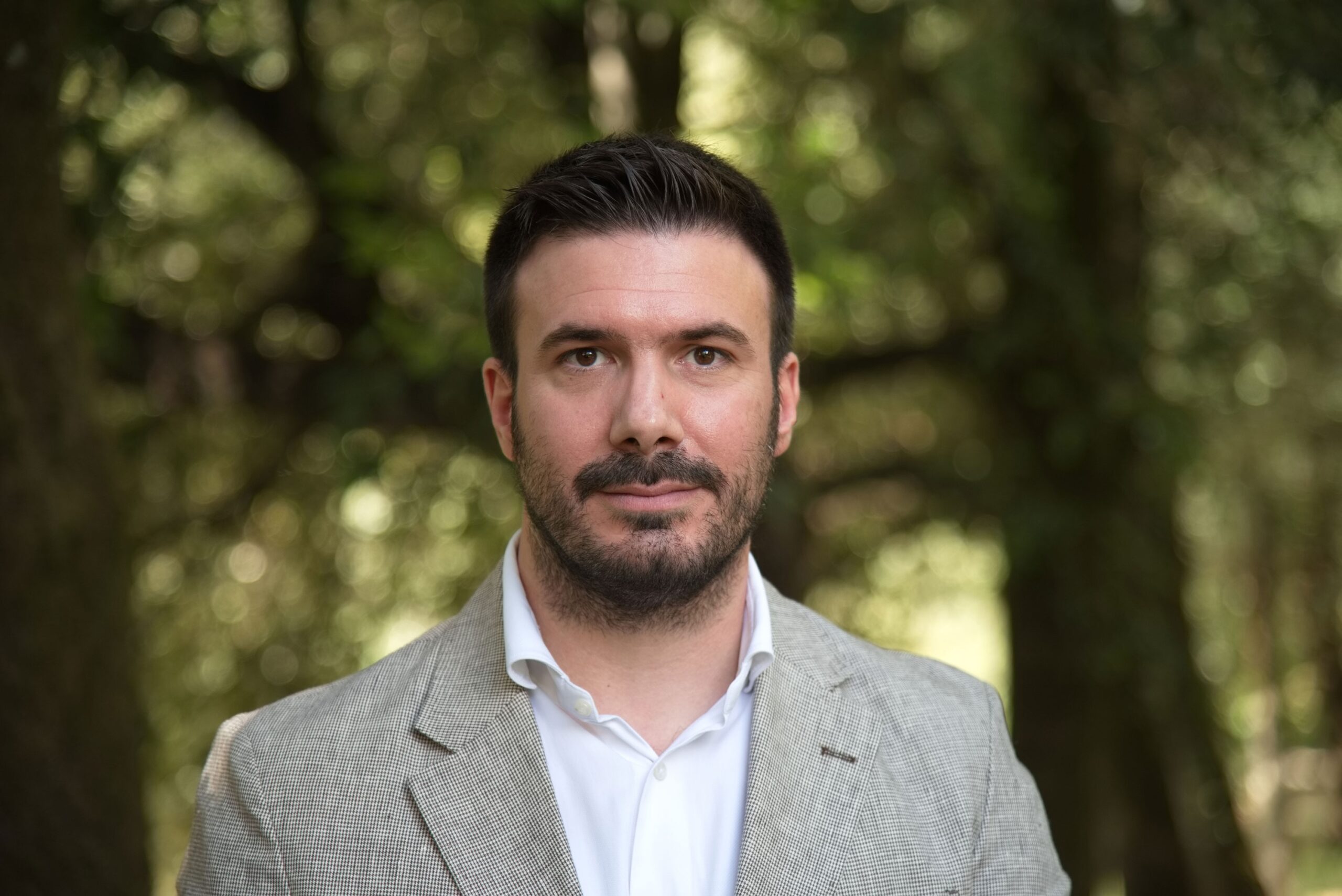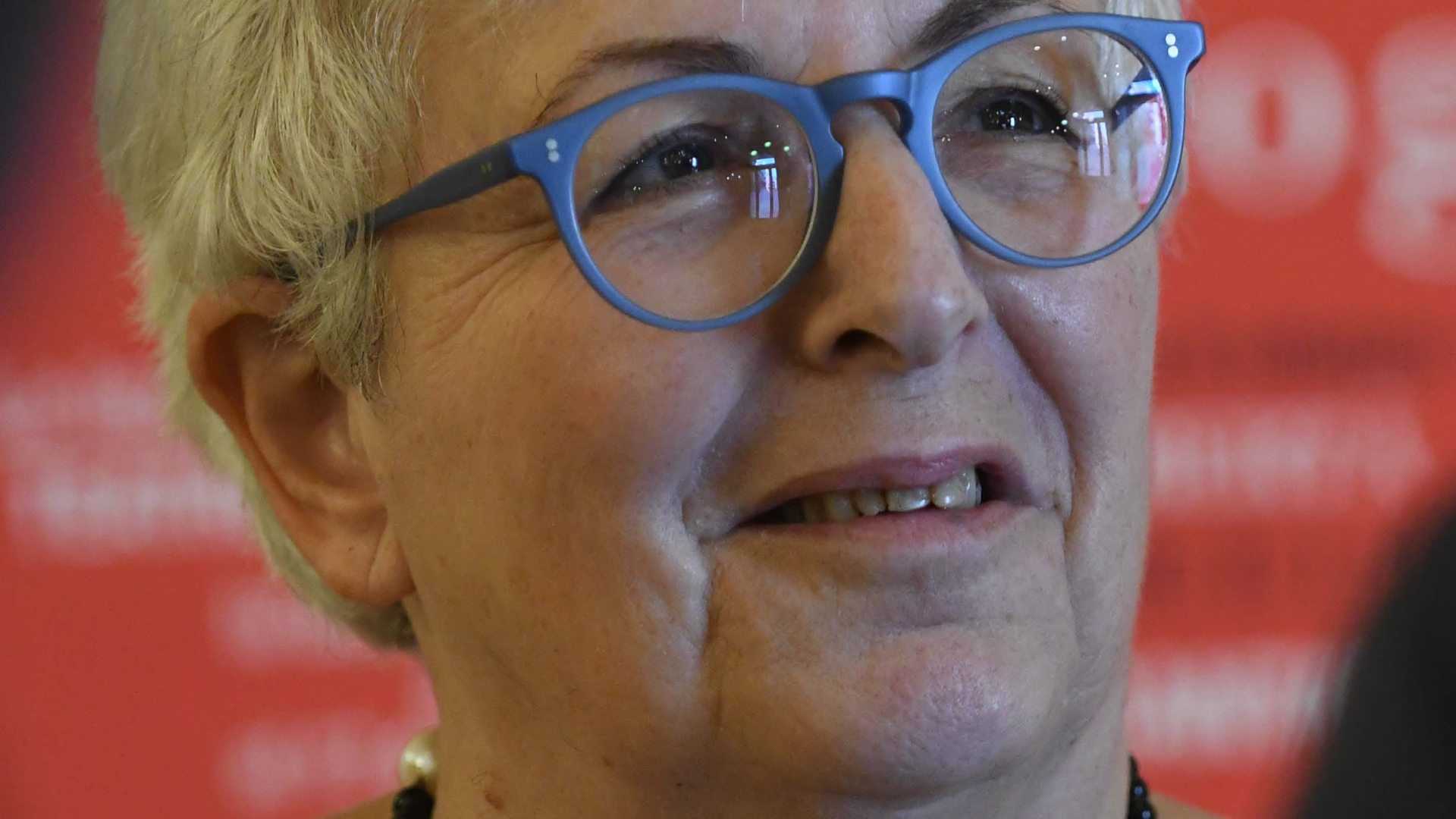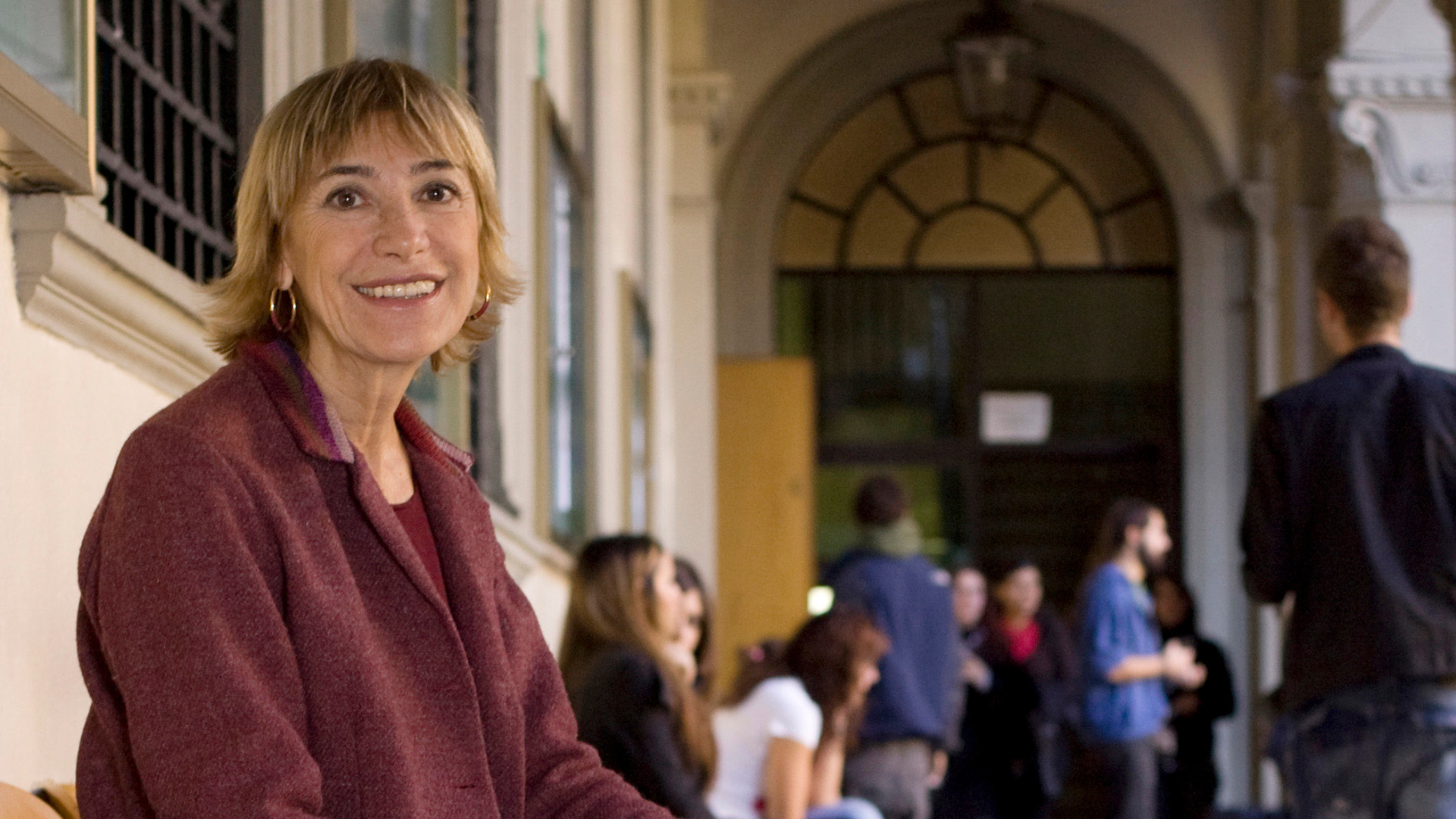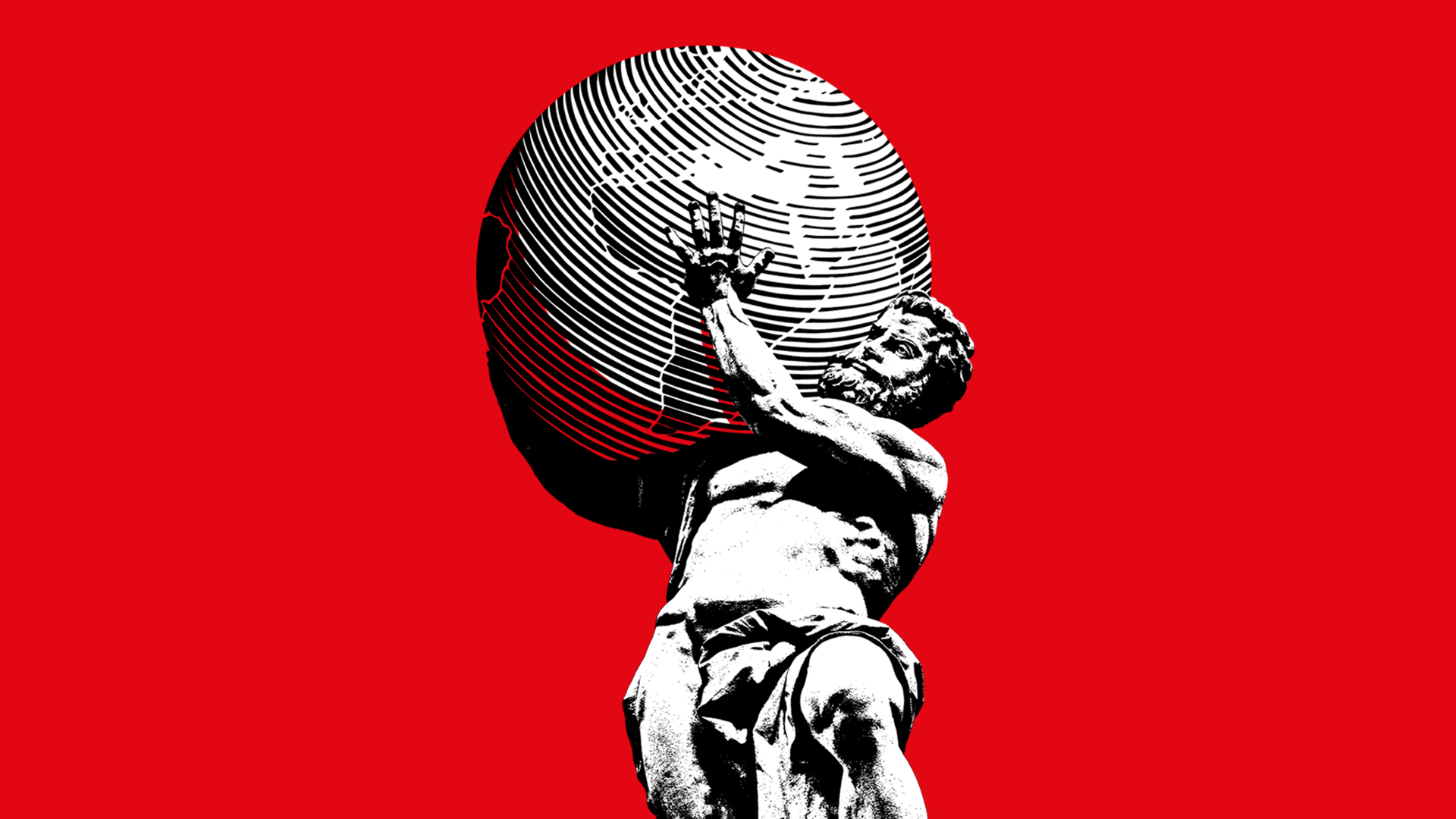
Boundaries to be defended, boundaries to be crossed, boundaries to be explored, boundaries to be redrawn: all of human history has to do with the idea and practice of "boundary." Indeed, in the name of borders, alliances were formed, wars fought, explorations initiated. But boundaries are not only geographical ones: we are human beings also to the extent that we have always wondered what is "beyond": beyond earthly life, beyond knowledge so far, beyond known space. In this striking new cycle of History Lessons with the help of authoritative historians and historians and scholars from other disciplines we will go in search of important political, commercial, and military junctures that reshaped the world and also the ways in which literature, religion, and science have broadened our horizons over the centuries. All lectures will be introduced by Paolo Di Paolo.
One Land, Two Peoples: we will recount the evolution of the confrontation between Arabs and Israelis from its origin to the current dramatic events. Today little remains of past hopes; at the root remains the failure to recognize each other, the tragic fiction that, in order for the other to exist, the other must disappear forever.
We have an in-depth understanding of how the Egyptian civilization understood man’s destinies after death: the Books of the Afterlife-in a combination of closely related text and images-describe the underworld; provide the deceased ruler with the knowledge needed to survive in company with the gods; and remind us how the Ancient Egyptians understood the journey of the Sun and the entire universe.
Christian Greco has been director of the Egyptian Museum of Turin since 2014. Educated primarily in the Netherlands, he is an Egyptologist with extensive museum experience: he has curated many exhibition and curatorial projects in the Netherlands, Japan, Finland, Spain, and Scotland . As director of the Egyptian Museum, he has developed important international collaborations with museums, universities and research institutes around the world. To his credit he has multiple popular and scientific publications in several languages and numerous participations in international conferences on Egyptology and museology.
Had he set out to sea and, with patience and luck, traveled a long distance, a Greek man who lived in Homer’s time would have reached the edge of Ocean, in a place perpetually shrouded in fog and clouds, never warmed by the rays of the sun. In the deep north, perhaps, but who knows: difficult, if not impossible, to pinpoint Homeric geography precisely. Through the red thread of literature (starting of course with the Odyssey) a journey to discover the boundaries of the world according to the Greeks.
Laura Pepe teaches Institutions of Roman Law and Ancient Greek Law at the University of Milan. In addition to books and academic essays on criminal law and family law in antiquity, he has written several textbooks on ancient history and Latin grammar for upper secondary school. He edited for the “Corriere della Sera” the 35-volume series “Life of the Ancients” (2020). He collaborates as a science popularizer with the television channel Focus. For Laterza she is the author of “Heroes Drink Wine. The Ancient World in a Glass” (2018); “The Voice of the Sirens. The Greeks and the Art of Persuasion” (2020); “Wonderful Stories of Young Greeks” (2022).
In the early second century CE, Emperor Trajan embarked on a series of spectacular conquests and annexations, heading east. Between 114 and 116, the Romans reached as far as the shores of the Caspian and Persian Gulf. However, they did not stay long in Armenia and Mesopotamia: as early as 117, before the death of Optimus princeps, the legions had to retreat, wiping out the considerable economic and military effort put into the enterprise. So much for those who, even today, continue to exalt themselves before a map of the empire’s maximum expansion.
Giusto Traina teaches Roman History at Sorbonne Université and the University of Salento, and Military History at Sorbonne Université Abu Dhabi. He has recently published “The Greeks and Romans Will Save Us from the Barbarians” (Laterza, 2023); “Imperium. Power from Ancient Rome to Modern Political Models” (Solferino, 2023); “The First World War in History” (Laterza, 2023).
How much space is there for remembrance and memory in the confines of a cell? Very little. Yet it is in this very space, tiny and finite, that Marco Polo elaborates the whole tale of his Million: the story of an infinite and almost boundless space, beyond any imagination for any man of the Middle Ages; and of a journey to be relived, and fantasized about, far beyond the then known World.
Amedeo Feniello teaches medieval history at the University of L’Aquila. For Laterza he collaborated on “The World History of Italy” (edited by Andrea Giardina, 2017) and is the author of, among others, “Under the Sign of the Lion. History of Muslim Italy” (2011), “From the Tears of Sybille. History of the men who invented the bank” (2013), “History of the Mediterranean in 20 objects” (with A. Vanoli, 2018), and “Demons, winds and dragons. How man has learned to overcome catastrophes and cataclysms” (2021).
Slave trader, warrior in the service of Queen Elizabeth I, fervent Protestant preacher, but also explorer, scientist, geographer, the figure of Francis Drake is among the most complex, contradictory and fascinating in European history. The sixteenth century was a century of radical and traumatic change. Among the most dizzying challenges of those decades was European expansion into new continents: America, Asia and Africa. There were many actors involved in this experience: missionaries, explorers, merchants, soldiers. The privateer Francis Drake embodied many, if not all, of these figures.
David Salomoni is a modernist historian and-after a long research experience in Lisbon-currently teaches at the University for Foreigners in Siena. For Laterza he is the author of “Magellan. The First Voyage Around the World” (2022) and “Francis Drake. The privateer who challenged an empire” (2023).
At the end of the 19th century, the Zionist project changed the entire Jewish world, not only by envisioning and creating the new Jewish state, but also, in opposition or comparison, by redefining the material, cultural and ideal boundaries of the Diaspora, the site of two thousand years of Jewish life. Nothing will be the same in the new confrontation between the two Jewish universes.
Anna Foa taught modern history at the University of Rome La Sapienza. She has worked on the history of culture in the early modern age, the history of mentality, and the history of Jews. His publications include “Atheism and Magic”; “Giordano Bruno”; “Heretics. Stories of Witches, Jews, and Converts”; “Going to Ghettos and Jewries”; “Going to Places of Confinement.” For Laterza she is the author of, among others: “Jews in Europe. From the Black Death to Emancipation 14th-19th Centuries”; “Diaspora. History of Jews in the Twentieth Century”; “Portico d’Ottavia 13. A Ghetto House in the Long Winter of ’43”; “The F. Family.
When, On January 7, 1610, Galileo pointed his telescope at Jupiter and saw three mysterious small stars near the planet, he soon understood the enormity of this discovery: Jupiter had moons orbiting it, just as our Moon does with Earth. The boundaries of the world had suddenly shifted from Earth to the planets. Over the next four centuries, progress in astronomy was continuous, leading to the construction of a detailed model of the Solar System. Fifty years ago, with the beginning of the space age, a new, big leap occurred: today we can travel in the Solar System. We discovered a belt of millions of new celestial bodies at enormous distances from the Sun, and then even farther, we reached the edge of the tenuous but turbulent solar atmosphere. We have found the new boundary of the world.
Paolo Ferri, a theoretical physicist, worked for nearly 40 years at the European Space Agency’s space center in Darmstadt, Germany. In his career he has directly experienced much of the history of European space exploration. He has been responsible for the flight operations of numerous science missions. From 2006 to 2013, he was responsible for the mission operations of solar and planetary probes and from 2013 to 2020 for all ESA robotic space missions. Its longest and most ambitious project was the Rosetta mission, the first and only mission in history to land on the nucleus of a comet. His books include “The Dark Side of the Sun. The Space Exploration of Our Star” (Laterza 2022) and “The Challenges of Mars. Stories of exploration of a difficult planet” (Cortina 2023).
At first, the border was a “cordon sanitaire,” as the victorious powers of World War I called it in 1919, fearing that the virus of the 1917 Bolshevik revolution in Russia would spread to the West and turn into an uncontrollable pandemic. After World War II, that “cordon sanitaire” became an “iron curtain,” destined for nearly half a century to divide Europe where the world’s two greatest powers, the U.S. and the USSR, confronted each other in a “balance of terror” referred to as the “Cold War.”
Simona Colarizi is professor emerita of contemporary history at La Sapienza University of Rome. His publications for Laterza include, among others: “A Country on the Move. Italy in the 1960s and 1970s” (2019); “Passatopresente. At the Origins of Today 1989-1994” (2022) and “The Long Resistance. History of Antifascism 1919-1945” (2023).
The modern state is closely related to the concept of “map”: in fact, it is defined from linear boundaries and strictly obeys the logic of classical geometry, according to a territory understood as a continuous and homogeneous extension. What happens when the Euclidean system of maps is replaced by a form of representation-that of the Web-that obeys an opposite logic? Are we facing an unprecedented arrangement of the face of the earth?
Franco Farinelli, geographer, is professor emeritus at the University of Bologna. He has done research and teaching in many Italian and foreign universities. His publications include “Geography. An introduction to world patterns.” (Einaudi 2003); “The Invention of the Earth” (Sellerio 2007); “The Crisis of Cartographic Reason. An Introduction to the Geography of Globality” (Einaudi 2009).


